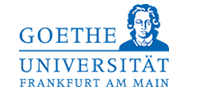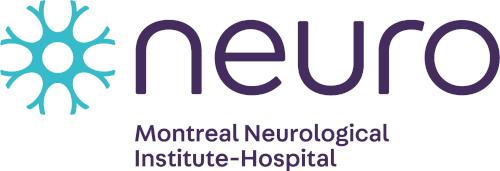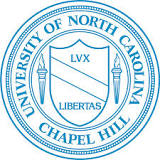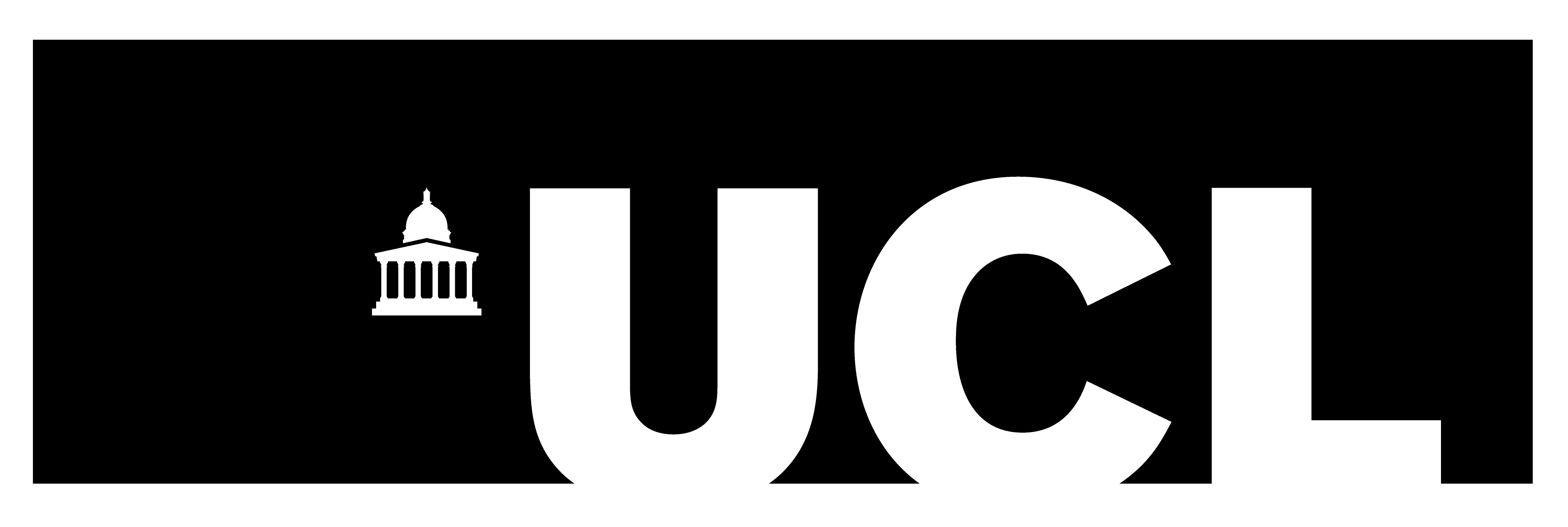 |
 |
 |
 |
 |
 |
FAQs
- What is the SGC?
- How many people are at the SGC?
- Who are the consortium members?
- What are the rights of consortium members?
- What is a protein?
- Why is finding out the shapes of human proteins important?
- What is structural genomics?
- Why release your research into the public domain?
- Do all SGC sites work on the same projects?
- What is the PDB?
- Who do I contact if I am interested in collaborating with SGC?
- Does SGC funding cover university overheads?
- What is the SGC Open Science Policy?
The SGC (Structural Genomics Consortium) is a public-private partnership whose mission is to accelerate the discovery of new medicines using open science. SGC’s core research operations are funded by big pharmaceutical companies, governments and charities who act as research partners and participate in the governance of the SGC.
The SGC is a registered charity (no: 1097737) that receives funds from AbbVie, Bayer AG, Boehringer Ingelheim, Canada Foundation for Innovation, Eshelman Institute for Innovation, Genentech, Genome Canada through Ontario Genomics Institute [OGI-196], EU/EFPIA/OICR/McGill/KTH/Diamond Innovative Medicines Initiative 2 Joint Undertaking [EUbOPEN grant 875510], Janssen, Merck KGaA (aka EMD in Canada and US), Merck & Co (aka MSD outside Canada and US), Pfizer, Takeda and Wellcome [106169/ZZ14/Z].
The SGC is headed by Prof. Aled Edwards. Operations at each site are managed by a Chief Scientist.
How many people are at the SGC?
The SGC labs around the world are home to approximately 200 scientists, visiting scientists and other support staff.
Who are the consortium pharma members?
In its fifth phase (2020-2025), the SGC is partnered with the following pharmaceutical companies: AbbVie, Bayer AG, Boehringer Ingelheim, Genentech, Janssen, Merck KGaA (aka EMD in Canada and US), Merck & Co (aka MSD outside Canada and US), Pfizer, and Takeda.
What are the rights of consortium members?
For a donation of 5 Million Euros, an organization gains the following rights:
- Nominate protein targets for structural determination
- Work on joint chemical probes projects
- Nominate members to Scientific Committees and a member to the Board of Directors
- Place scientists to work within the SGC laboratories
Proteins are biological molecules. There are more than 20,000 different proteins in the human body. The instructions for how to make a protein are coded in our DNA, within parts called genes. Protein is also a collective name; this is the term that is used in nutrition to describe what we eat. Proteins serve many purposes in the body. Proteins such as keratin and collagen are the main ingredients in your hair, muscles, tendons and skin and help give structure to the body. Amylase is a protein that helps your body digest starch, hemoglobin is responsible for transporting oxygen in the blood stream, insulin helps regulate the storage of glucose in the body and the list goes on and on. Because proteins have different functions, they also have different shapes.
Why is finding out the shapes of human proteins important?
Because proteins perform many of the essential functions in the human body, it is not surprising that when we get sick, it is often as a result of a protein, or a group of proteins, failing to act in their normal way. Most medicines work by binding to proteins and influencing their activity. For example, cyclooxygenase is a protein that produces signals that caused swelling and pain in response to injury. Aspirin binds to this protein and stops it from working, and therefore reduces the pain and swelling. To work effectively, medicines must find the right protein, like a key in a lock. Knowing the shape of a protein "target" enables drug discovery researchers to design drugs with molecules that "fit." When used effectively, the structure of a protein drug target can speed up the discovery of new medicines by 18 months or more.
It is very expensive to determine a new protein structure, as much as one million dollars. However, with improvements in methods, computers and with access to the complete sequence of our DNA (the human genome), it is possible to adopt more systematic approaches, and thus reduce the time and cost to determine the shapes of proteins. Structural genomics aims to determine the three-dimensional structures of proteins at a rapid rate and in a cost-effective manner. Structural information provides one of the most powerful means to discover how the protein works. It provides the diagram that others can use to write the user's manual.
Why release your research into the public domain?
The structures of human proteins in essence is part of the information that defines what it is to be human. Because of the fundamental nature and importance of the information, we place our results immediately and without restriction into the public domain. This not only provides the public with this fundamental knowledge, but also allows commercial efforts and other academics to utilize the data freely and without any delay.
"What society wants," says the SGC's CEO, Dr. Aled Edwards, "is for all this information to be out there, free of charge, no patents, no restrictions. And that's what we do." The result is greater knowledge about the human body and about the mechanisms of disease. The information also promotes faster drug discovery, bringing potentially life-saving drugs to market sooner and more cheaply.
Do all SGC sites work on the same projects?
Each site works on a number of different protein families. All sites focus on primarily on human proteins.
The Protein Data Bank (PDB) is a repository for 3-D structural data of proteins and nucleic acids. This data is submitted by biologists and biochemists from around the world and is released into the public domain, and can be accessed for free.
PubMed is a free search engine that searches the MEDLINE database of citations and abstracts of biomedical research articles. Although the key subject is medicine, and its related fields, it also provides very comprehensive coverage of the related biomedical sciences, such as biochemistry and cell biology. PubMed covers over 5,000 journals published in the United States and more than 80 other countries primarily from 1950 to the present.
Who do I contact if I am interested in collaborating with SGC?
The SGC is highly committed to rapid dissemination of its research results through collaboration with the scientific community.
Our scientists work with others around the globe to
- elucidate the functional implications of our structures and protein targets in general,
- screen our protein targets against our collaborators' focused or diverse libraries,
- take advantage of external expertise to characterize the activity of our proteins,
- extend our understanding of our protein families of interest, and collaborate on expressing our proteins and reaching structural solutions more expediently.
Contact us to initiate a discussion on potential collaboration on our structures.
Does SGC funding cover university overheads?
SGC does not permit use of its grant funds to pay university overheads.
What is SGC Open Science Policy ?
You may read more about the SGC Open Science Policy here .
